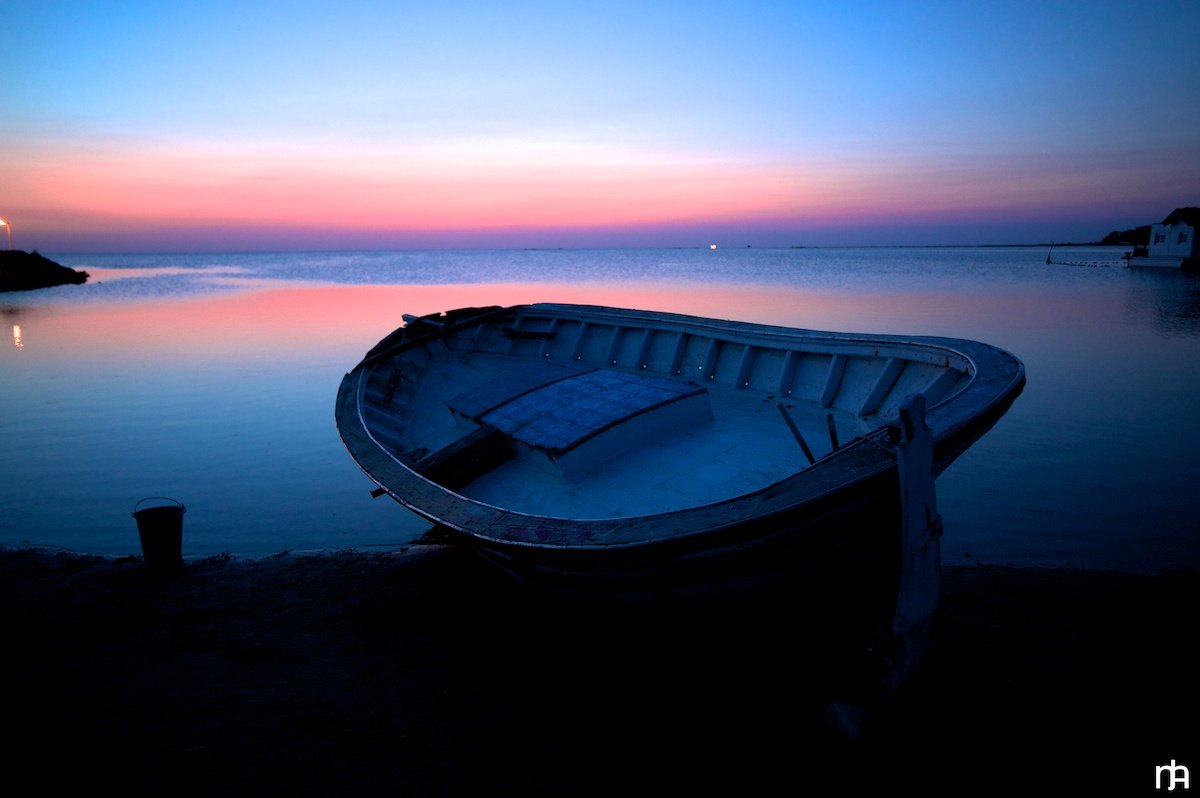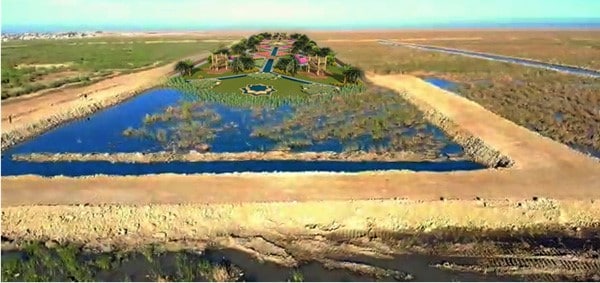Introduction by Mark Nelson, Chairman
Ian Tattersall, Palaeontologist, American Natural History Museum, New York
“The Evolution of Homo Sapiens from Early Hominid Species”
Richard O’Neill, President, The Highland Forum, Bethesda, Maryland
“The Power and Downside of Information Technologies”
Ian MacKenzie, Linguist, Head of the Defenders of British Columbia Wilderness, Vancouver, BC
“The Intelligence of the Traditional Cultures of the Ethnosphere”
Kevin Kelly, Editor-at-Large, Wired Magazine; former editor, Co-Evolution Quarterly, San Francisco, California.
“What Technology Wants”
Christian Rätsch, Ethnopharmacologist, Author, Hamburg, Germany
“Accessing the Intelligence of Plants and Psycho-active Sacred Substances”
John P. Allen, FLS, Chairman, Global Ecotechnics Corp., Santa Fe, New Mexico
“The Noosphere and the Planetary Integration of Art, Science and Enterprise”
Maria Golia, Author, Consultant, Cairo, Egypt
“The World City and the Noosphere” (listen)
Richard Hey, Professor of Applied Environmental Sciences, University of East Anglia
“Rivers: Ecology, Economic Use and Restoration”
Antony Gormley, Sculptor, London, UK
“Re-imagining the Human Body”
Edward Tenner, Author, Princeton, New Jersey
“Why Things Bite Back: Technology and the Law of Unintended Consequences”
Oleg Gazenko, “Space Medicine and Physiology,” Director (Emeritus) Institute of Biomedical Problems, Moscow, Russia
“The Adaptability and Evolution of the Human Organism”
Michèle Decoust and Marie Arnaud, Writer and Film Director, Paris, France
“Dragons of the Sea: An Illustration of Emerging Intelligence”
Berndt Lötsch, Director, Natural History Museum, Vienna, Austria
“Esthetics between Biosphere and Noosphere,”
Conference Summary:
Our noosphere expedition has drawn to a close.
Our speakers, our noospheric explorers brought back gripping tales from a multitude of perspectives.
Ian Tattersall opened our conference with a review of the non-linear evolution of Homo sapiens from a multitude of competing hominid species. Although the product is extraordinary, the process is ordinary – evolution at work. The leap in cognitive abilities including symbolic thought was an emergent property triggered, most probably, by the invention of language. Language and the invention of culture took humanity beyond the pervasive pattern of ancestral mimicking and into the Modern Human. However, evolution will not solve the problems we currently face; these we must solve with our own collective intelligence.
Edward Tenner brilliantly detailed the positive and negative sides of the unintended consequences of technology. He illustrated that the interrelationships between technology, other organisms and humans can be almost impossible to predict since one can’t anticipate deviant ingenuity or the crucial initiatives of a technology’s users. Constraints can and often do have positive unintended benefits. He left us with a Zen technology koan : how can we deliberately set up conditions for something positive to happen undeliberately.
John Allen shared with us his personal saga through frontier culture and technosphere towards the noosphere. His insight that noesis, acts of intentional perception, working on the noeme, objective correlatives are a noosphere-creating mechanism. He showed the design of Biosphere 2 as an interplay of biosphere and ethnosphere and the crucial lack of a developed cybersphere at the time of the project. He advocated the addition of history to the requirements of organized bodies of science and art for the development of a noosphere, for the study of origins/evolutionary history are crucial for making intelligent assessment.
Oleg Gazenko reviewed the contours of noospheregenesis, tracing the cosmic mile markers of the evolution of life and intelligence on the planet. He cautioned us that humanity stands on the precipice – facing catastrophe from the demographic crisis and the increasing rate of human impact on the biosphere. The development of the noosphere is needed to achieve stable co-evolution of biosphere and humanity. He shared with us the remarkable work of the Russian space program, one of the tools of noosphere construction, which offers powerful new ways of understanding the universe and ourselves and which revolutionizes communication and Earth observation. He left us with the magical images of a variety of organisms in microgravity – space age icons illustrating Dr. Gazenko’s take-home message: the future is unknown, but nothing is impossible.
Michèle Decoust and Marie Arnaud presented their film, Dream No Small Dream on the RV Heraclitus – from vision to realization. The film viscerally illustrates the glue that bonds a small group of people, united by common goals and an urgent necessity – the health of the world’s coral reefs – to make a difference. We are taken onboard the ship as it conducts real-time monitoring of the health of the corals, their exchange with traditional cultures – and the forging of a new type of culture – planetary sea people committed to using art, science and adventure in service to the biosphere. The film took us into a microcosm of noospheric intelligence in action.
Antony Gormley brought us images of haunting beauty as we shared his journey as an artist. Using his own body as the material for his explorations, for it is the only form he can investigate from the inside, his works transform the body from being simply a thing to being a place for experience and transformation. His work aims at evoking viewers’ involvement, participating in the energy field and completing the work. He linked his artistic quest to that of the noosphere, completing nature’s work, infusing matter with mind.
Dick O’Neill considered governance from a noospheric viewpoint. He looked at the new strategies required in the information age. Will it undermine classic power politics and make soft power options viable? He outlined some of the rule set resetting needed to move from realpolitik to noopolitik, the leaders of the noopolitik will be different; the shift from communications to content favors the networked, grass roots non-governmental organizations. Building a robust noosphere will ultimately require global consensus
Richard Hey took us into the world of rivers through case studies in ecological restoration and rehabilitation. He showed us what happens when you get it wrong – increased flooding and erosion, sterile and ecologically poor habitats – and what is possible with correct understanding of river dynamics – stable rivers with diverse ecosystems, maintaining water quality and enhancing the human economy. Understanding the nature of rivers, their boundary conditions, allow one to design with nature, minimizing adverse environmental effects.
Kevin Kelly explored the nature, meaning and through line of technology, seeing it as a cosmic force. He traced the phases of cosmic evolution, from the dominance of energy, then matter, now information. The systems of greatest interest are the ones able to persist far out of equilibrium. The technium, the products of the ethnosphere and the technosphere, display the same trends as biological evolution, including convergent evolution and the drive towards increasing ubiquity, diversity, complexity, extropy, information and the evolvability of their own evolution.
Ian MacKenzie explored the myths and realities of so-called primitive cultures, drawing on his intimate knowledge of the nomadic Penan people of the Borneo rainforest. He debunked the noble savage and ecologically-conscious myths, questioning whether any existent culture has consciously acted to ensure their sustainability. He warned that simply reducing resource consumption does not ensure sustainability, illustrating with the examples of tribal farmer cultures which had massive population increase and warfare as a result of adopting agriculture. We have to put aside cultural presuppositions to get to noospheric thinking where we can learn the lessons that every culture has to teach. Each culture and language is a window into another world, another diffraction of our common humanity.
Christian Rätsch shared his life’s work studying psychoactive sacred substances, giving us a taste of the expanded realities they make possible. He communicated his delight and sense of play, as a “born heathen”. He took us into the non-hierarchical world of the Lacandon Mayan Indians, the Nepalese shamans, and the extraordinary community of researchers who have been working to document the plant preparations, rites and knowledge that are found in nearly every human culture. These substances which open the human heart and facilitate mystical experience can play a vital role in humanity’s evolution of the noosphere.
Berndt Lötsch gave us a stunning consideration of beauty from a biospheric and then noospheric perspective. Humans are supremely visual; and our sense of beauty as healthy organisms reflects our response to order, symmetry, visual contrast, mirror-images, rhythm – to our sense of cosmos which originally meant order and beauty. From a noospheric standpoint, humans as thinking observer have a unique capability to see gestalts, forms. Noospheric beauty is found in forms which reveal the complex operation of natural laws, such as the patterns of sand dunes, landscapes, geological structure, waves, growth forms, erosional patterns and powerline architecture.
Maria Golia completed our noospheric expedition by guiding us into the vibrant world city, taking Cairo as her case study, a 1400 year old human experiment in living together under extreme conditions – with shortages of land, water, breathable air, money and freedom, under a corrupt government which has attempted to keep the population dumbed-down, powerless and dependent. But perhaps surprisingly, this has resulted in a safe, sane and highly resourceful population who maintain themselves through extended family and community networks. Maria invited us to see cities as concretizations of the noosphere that await rediscovery and integration. Our world cities are a legacy humanity leaves to ourselves, to examine them is to look ourselves in the eye.
And so our Noosphere journey ends and begins. And it is, in some respects, only the beginning of the beginning. As we contemplate our prospects, keep in mind Academician Gazenko’s reminder: the future is unknown, nothing is impossible. As we go back to our work and play, may we always be guided by the beauty of the process, reverence for our radiant planet, alive to our destiny in the cosmos.
I’d like to end with one of John Allen’s poems
I wish Impossible
Evanescent moments
Shot through with scattered light
Celebrating not days and years
But evolutions of revolutions
Spiraling with history
Without some impossible included
Nothing’s real.




